
Strategic Human Resources Management
A Guide to Action
Read or listen offline
Amazon KindleRecommendation
This short book is an all-encompassing, comprehensive compendium of definitions of human resource (HR) management strategies and explanations about aligning such strategies with corporate goals. It provides a clear overview of the subject, but then, the topic is vast. Michael Armstrong – a frequent author on human resource subjects – emphasizes comprehensiveness over specificity or evaluation. At times, in an effort to make everything clear and understandable, he is perhaps too much like an instructor and a bit talky, but that may be the nature of a work intended for reference and training. getAbstract recommends this book to human resource professionals looking for a straightforward guide to strategic management.
Summary
About the Author
Michael Armstrong is a Fellow of, and Chief Examiner (Employee Reward) for the Chartered Institute of Personnel and Development, London. He has written several books on human resource management.








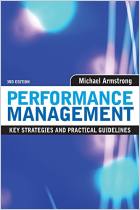
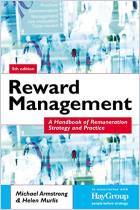


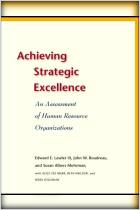
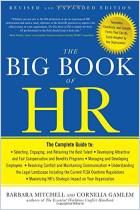
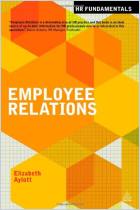
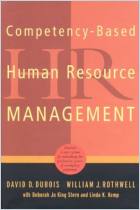

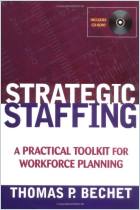




Comment on this summary or Comenzar discusión